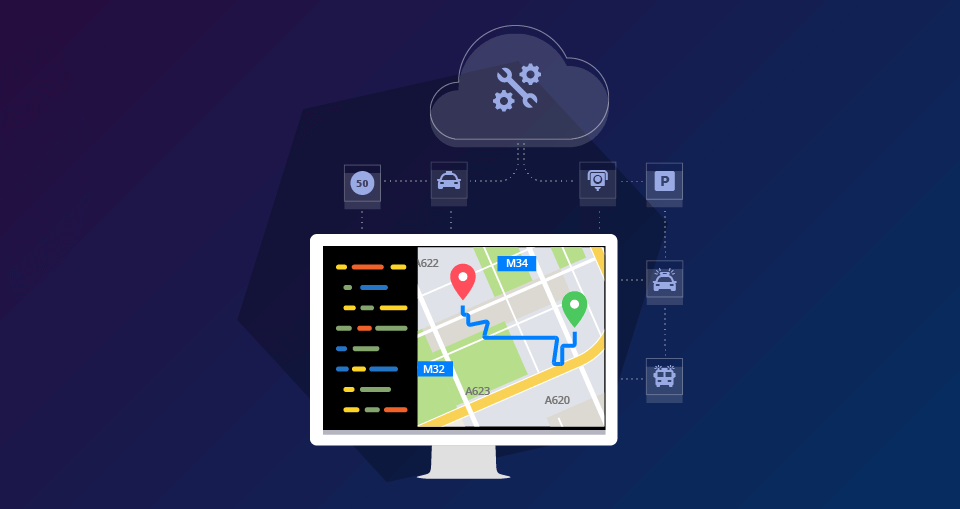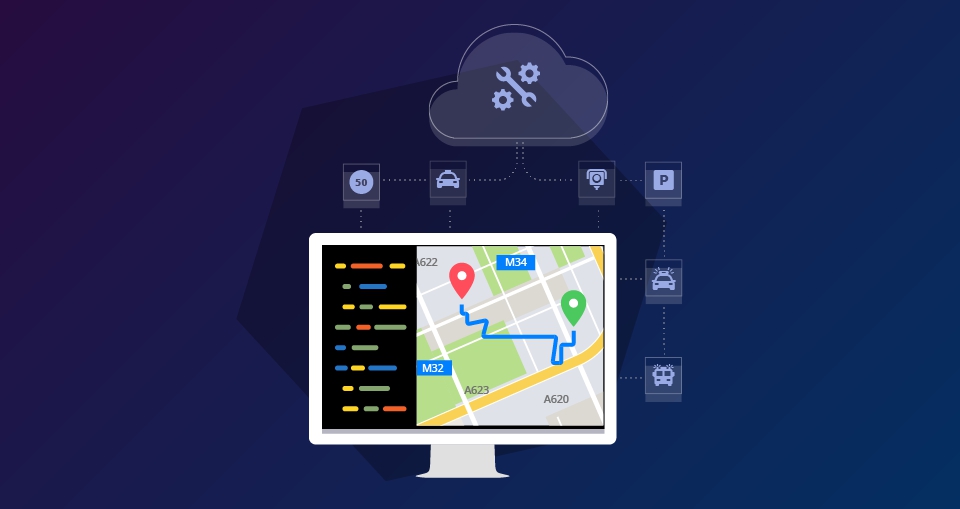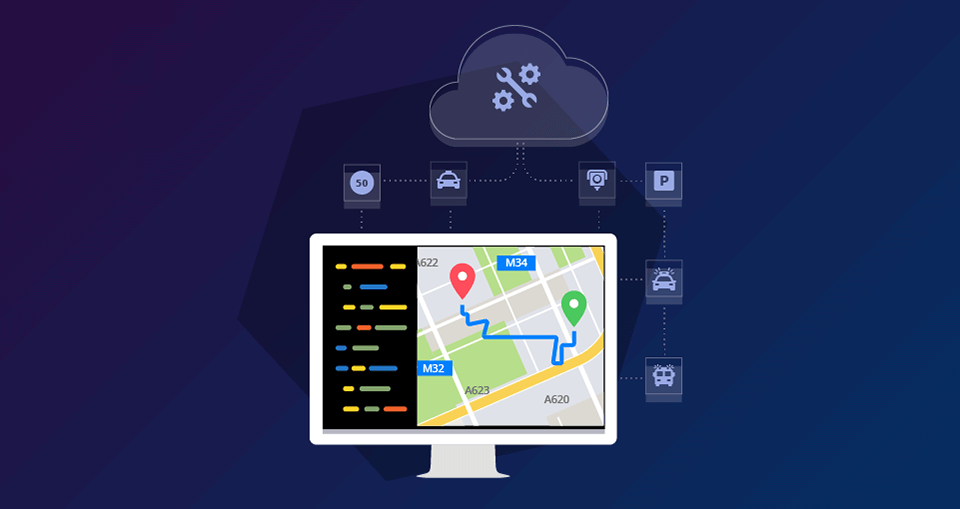When launching online Sygic Maps for enterprise solutions at the Transport & Logistic exhibition in Germany earlier this year, our software partner dff solutions GmbH was already testing Sygic Maps with a real fleet in the field. We took this opportunity to meet dff’s CEO, Felix Dossmann at the show to ask him about his experience using the same Sygic algorithms in the Sygic Professional Navigation app from the driver’s side and in Sygic Maps from the dispatcher’s side.
dff got into business integrates logistics processes on mobile devices for companies from the food, retail and field service industry. The company was started in 2000 to bring transparency in the transport operations. The problem was that once the vehicle left the building, there were no data about what happened on the street, when to expect the next delivery, what the driver was actually doing, meaning there was no control over the processes. The idea of dff solutions was to create individual software combined by different modules offering a scalable solution to any logistics operation. It is a strategy that has brought dff software to around 12 000 users in Germany alone. Among those are some really important fleets like Hermes Einrichtungs Service, METRO, EDEKA, REWE, Lekkerland, PENNY,…
Sygic Maps & Navigation integration
Navigation is an integral component for dff customers, because more and more logistics companies rely on external drivers trying to keep their fleets small and flexible. Once those drivers are involved they need to be navigated and monitored by a system.
When looking for a navigation app component, dff’s focus was to find an app that could be integrated seamlessly, without interfering with dff solutions software and that has great user experience on the driver’s side. The main advantage of Sygic Professional Navigation is its SDK that has helped them to do all the customizations needed and could actually help to develop new functionality offered by dff software.
Today dff uses around 70% to 80% of Sygic Professional Navigation APIs running the Sygic app also in the background even if the driver does not need the navigation. “We use highly precise ETA prediction to inform customers that they are going to receive their deliveries at a given time. We use traffic information, text to speech module to inform the driver with the process data…", said Felix Dossmann.
Recently dff started to use Sygic Maps services to do planning of the routes and to do comparisons between the planned and actual driven route and driven route time. Using same map data and algorithms on the map server and on the navigation side, customers get much better results in terms of precision of the data used to plan and evaluate the fleet operations. “Sygic Maps are wicked fast- the results are really good and the customer is quite happy with it. The real advantage for us as a software company, is that we can talk to the guys at Sygic and they actually listen, they are innovative and creative. If you say to them I have an idea here, Sygic will not only take your idea, but Sygic will take your idea and make more out of it”, added Felix.



